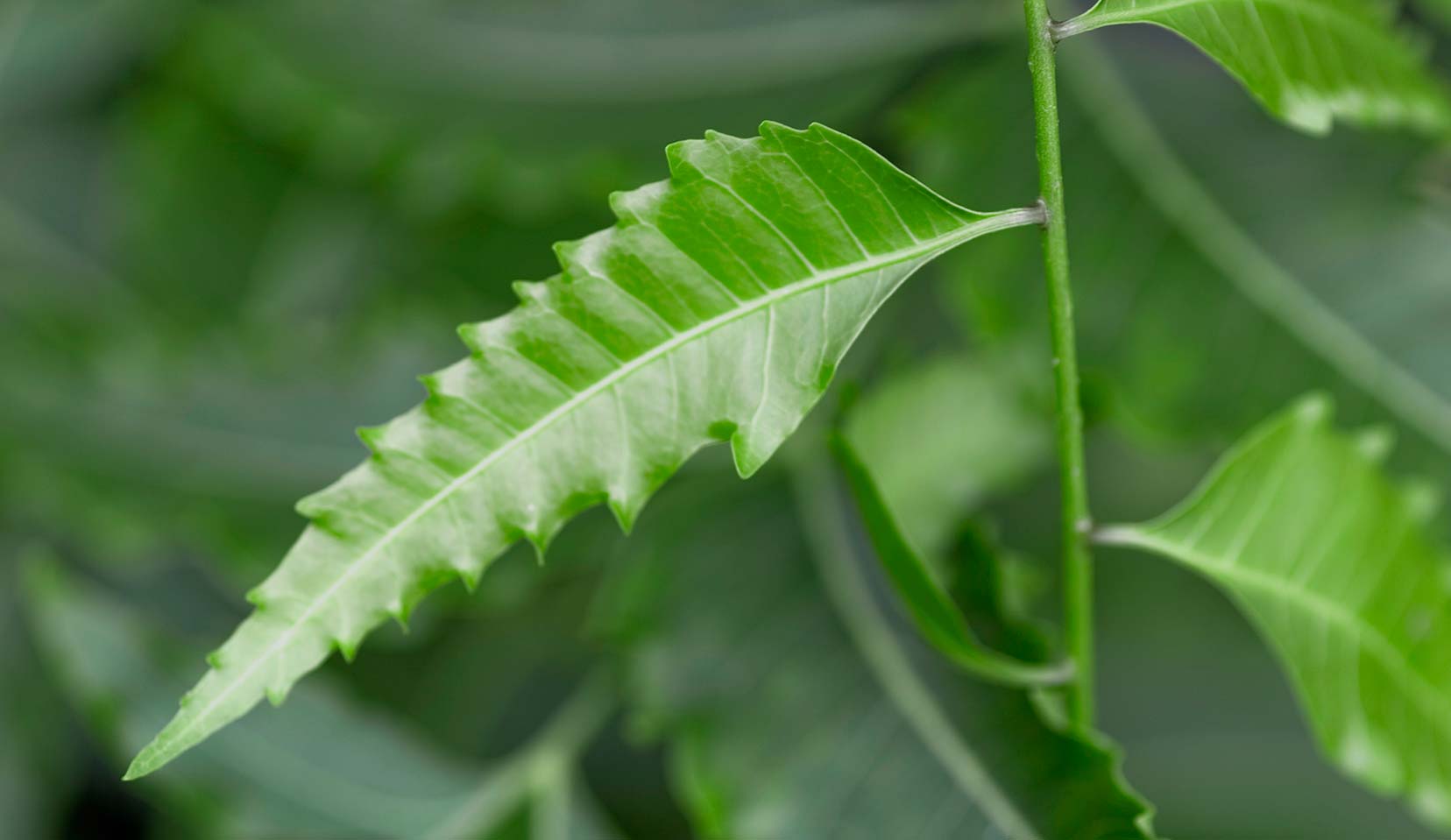Neem
Synonyms: Bead Tree, Pride of China, Nim, Margosa, Holy Tree, Indiar, Lilac Tree
Scientific Name: Azadirachta indica
Family: Meliaceae (Mahogany Family)
Habitat
Southern Himalayas, India, Burma, Africa, America.
Constituents
The seeds and leaves, which contain different constituents, are the main parts used.
Seeds: azadirachtin, limonoids, terpenoids, bitter compounds
Leaves: limonoids, terpenoids.
All Plants
![]()
Dr.Hauschka Plant Archive
- Almond Tree
- /
- Apple
- /
- Argan Tree
- /
- Arnica
- /
- Avocado
- /
- Birch
- /
- Bitter Orange
- /
- Blackthorn
- /
- Borage
- /
- Buckwheat
- /
- Butterbur
- /
- Byrophyllum
- /
- Cacao
- /
- Candelilla
- /
- Carnauba
- /
- Carrot
- /
- Cassava
- /
- Castor Oil Plant
- /
- Chicory
- /
- Coconut tree
- /
- Common Oat
- /
- Dog´s Mercury
- /
- Eyebright
- /
- German Chamomile
- /
- Ginger
- /
- Goldenrod
- /
- Greater Burdock
- /
- Hops
- /
- Horse Chestnut
- /
- Ice Plant
- /
- Jojoba
- /
- Kidney Vetch
- /
- Larch
- /
- Lavender
- /
- Lemon
- /
- Lemon Balm
- /
- Lemon Grass
- /
- Macadamia
- /
- Madonna Lily
- /
- Mango
- /
- Manuka
- /
- Marigold
- /
- Marsh mallow
- /
- Mastic tree
- /
- Mistletoe
- /
- Mustard
- /
- Myrrh
- /
- Nasturtium
- /
- Neem
- /
- Norway Spruce
- /
- Olive
- /
- Pale-purple coneflower
- /
- Peppermint
- /
- Pomegranate
- /
- Quince
- /
- Raspberry
- /
- Red Clover
- /
- Rhatany
- /
- Ribwort Plantain
- /
- Rose
- /
- Rosemary
- /
- Sage
- /
- Sandalwood
- /
- Sea Buckthorn
- /
- Sesame
- /
- Shea Tree
- /
- Small nettle
- /
- St. John's Wort
- /
- Sunflower
- /
- Tea
- /
- Tormentil
- /
- White Poppy
- /
- Wild Pansy (Heartsease)
- /
- Wild Strawberry
- /
- Witch Hazel
- /
- Wood Sorrel


